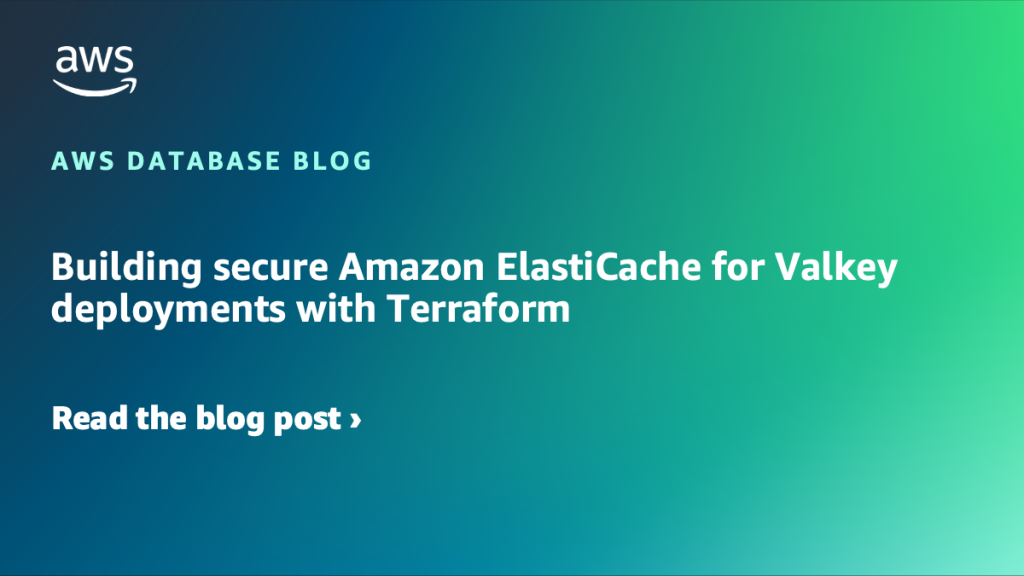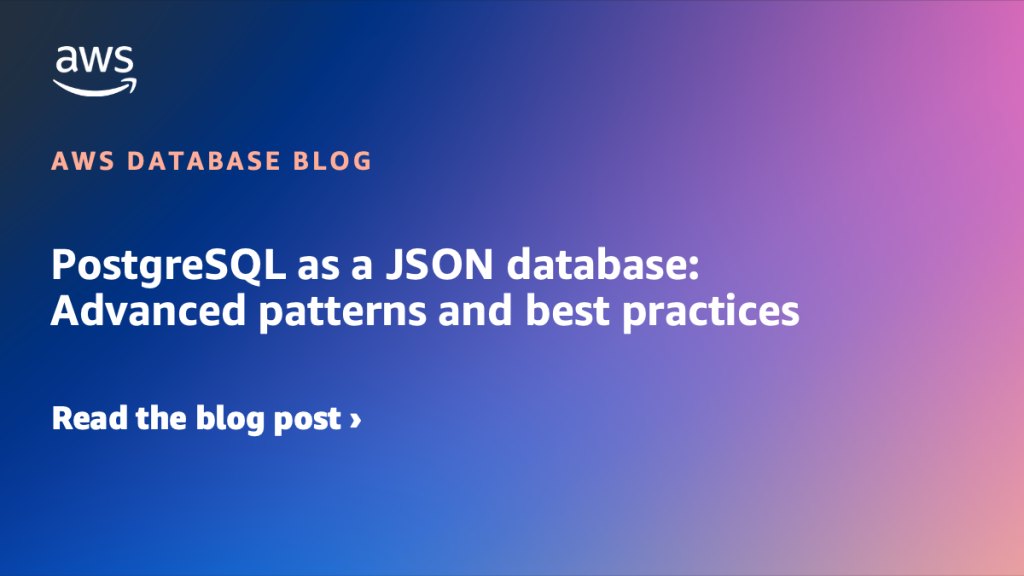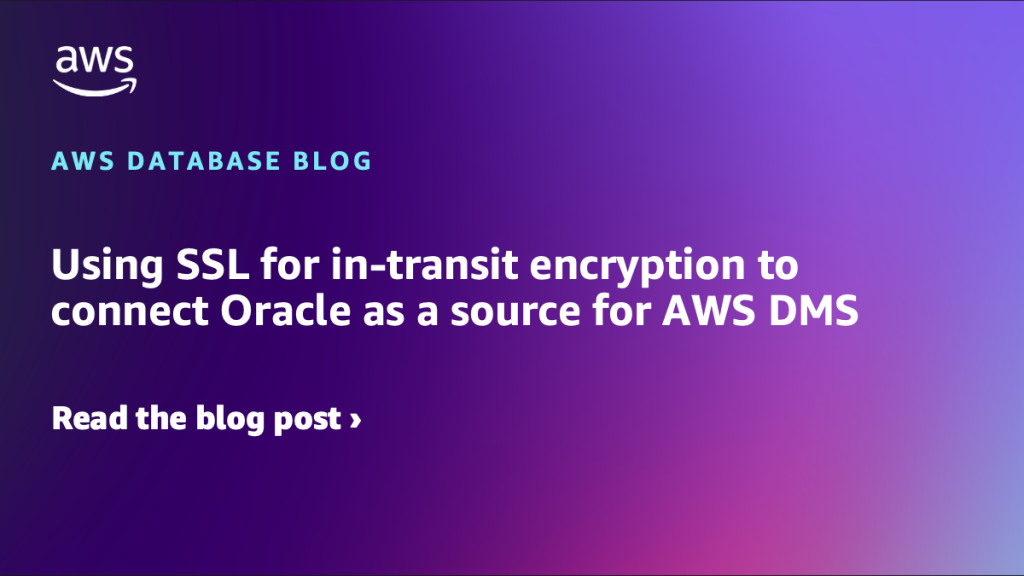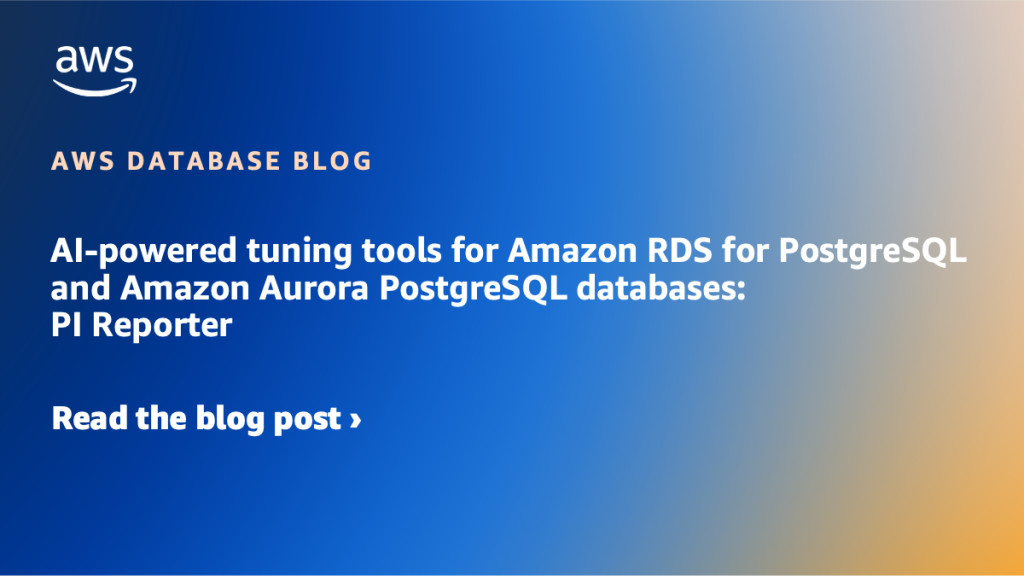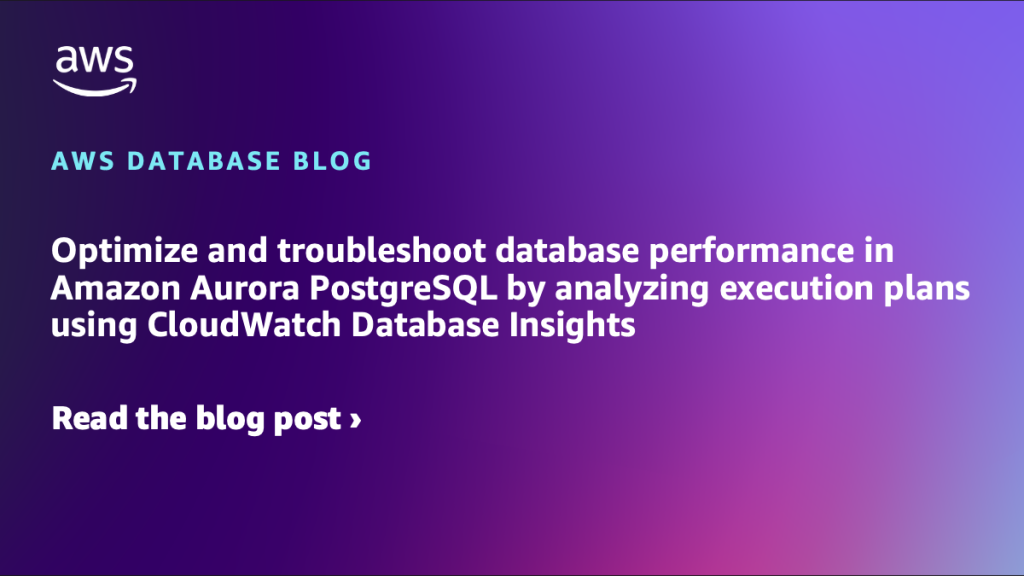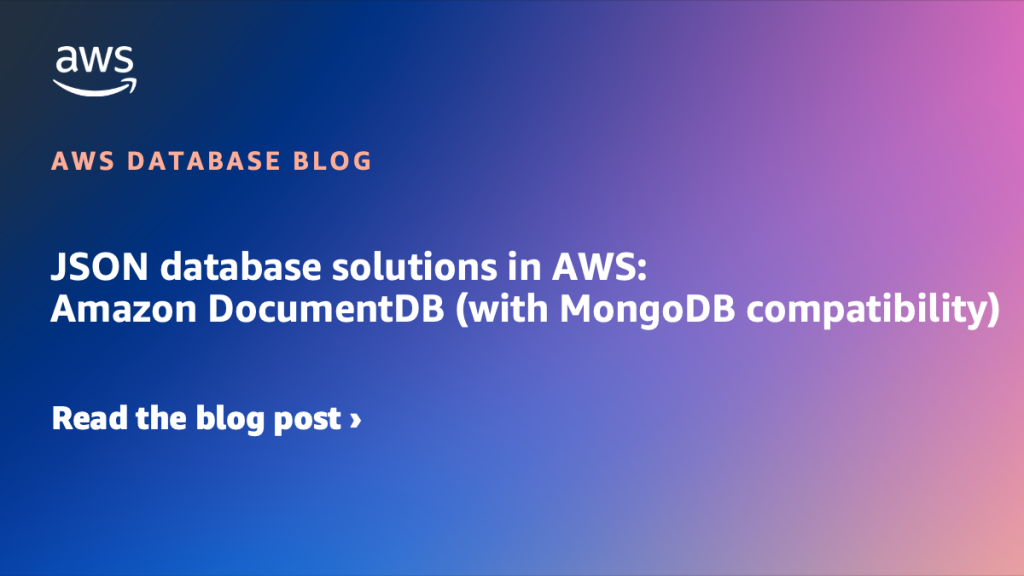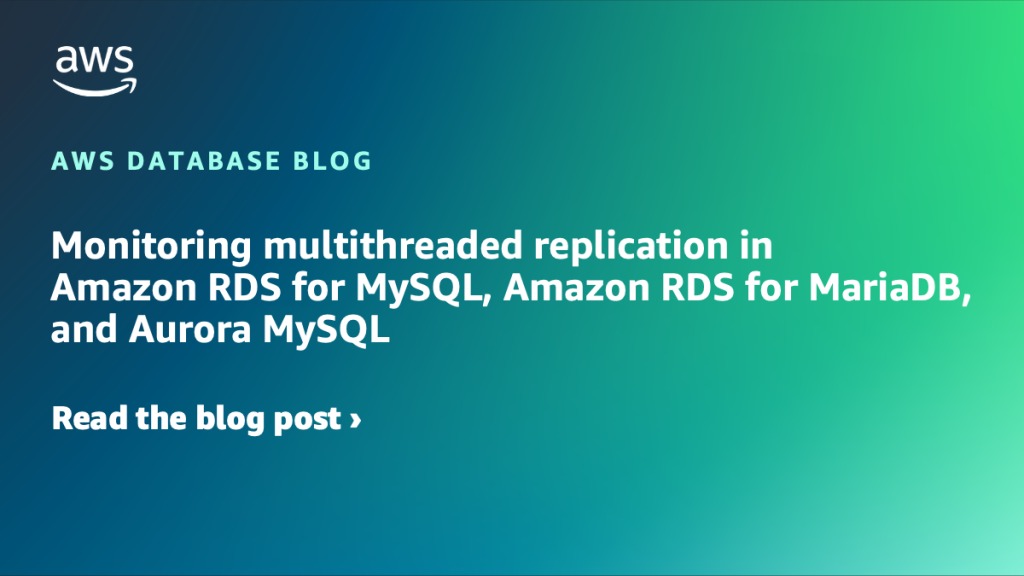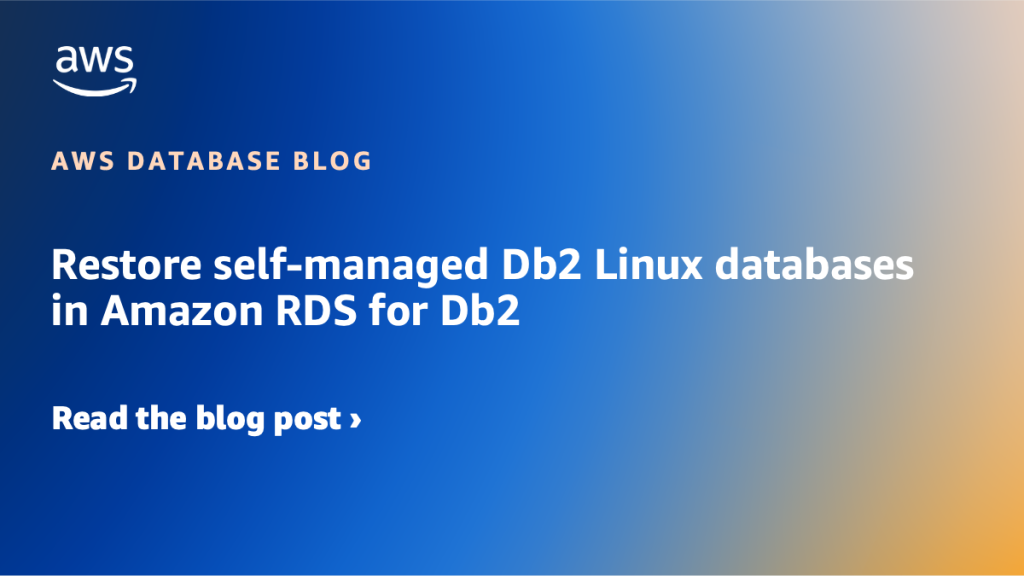AWS Database Blog
Category: Learning Levels
Building secure Amazon ElastiCache for Valkey deployments with Terraform
In this post we show you how to build a secure Amazon ElastiCache for Valkey cluster using Terraform, implementing best practices and comprehensive security controls including encryption, authentication, and network isolation.
PostgreSQL as a JSON database: Advanced patterns and best practices
This post shows you how to use PostgreSQL to store and search JSON data effectively. You’ll learn when to use JSON versus JSONB, how to create the right indexes, and how to write queries that perform well at scale.
Using SSL for in-transit encryption to connect Oracle as a source for AWS DMS
This post demonstrates how to implement SSL encryption for in-transit data protection when connecting Oracle Real Application Clusters (Oracle RAC) as a source to AWS Database Migration Service (AWS DMS). Additionally, it covers the unique steps required to configure SSL for Oracle Automatic Storage Management (Oracle ASM) instances.
AI-powered tuning tools for Amazon RDS for PostgreSQL and Amazon Aurora PostgreSQL databases: PI Reporter
In this post, we explore an artificial intelligence and machine learning (AI/ML)-powered database monitoring tool for PostgreSQL, using a self-managed or managed database service such as Amazon RDS for PostgreSQL and Amazon Aurora PostgreSQL.
Optimize and troubleshoot database performance in Amazon Aurora PostgreSQL by analyzing execution plans using CloudWatch Database Insights
In this post, we demonstrate how you can use Amazon CloudWatch Database Insights to analyze your SQL execution plan to troubleshoot and optimize your SQL query performance in an Aurora PostgreSQL cluster.
GroundTruth reduces costs by 45% and improves reliability migrating from Aerospike to Amazon ElastiCache for Valkey
GroundTruth, an advertising platform leading the way in location- and behavior-based marketing, empowers brands to connect with consumers through real-world behavioral data to drive real business results. As our advertising platform scaled to process increased volume of ad requests and third-party segment ingestion, maintaining our Aerospike-based caching infrastructure introduced significant operational complexity and rising costs, while also compromising performance and limiting our ability to scale efficiently. To meet our requirements we implemented Amazon ElastiCache for Valkey, which streamlined our operations, improved reliability, and reduced costs. In this post, we walk through our migration journey, covering the migration strategy we adopted, the optimizations we made to reduce cost by 45%, reliability improvements including reducing write failures by 20x, and operational gains from managed service capabilities.
JSON database solutions in AWS: Amazon DocumentDB (with MongoDB compatibility)
JSON has become the standard data exchange protocol in modern applications. Its human-readable format, hierarchical structure, and schema flexibility make it ideal for representing complex, evolving data models. As applications grow more sophisticated, traditional relational databases often struggle with several challenges: Rigid schemas that resist frequent changes Complex joins for hierarchical data Performance bottlenecks when […]
Monitoring multithreaded replication in Amazon RDS for MySQL, Amazon RDS for MariaDB, and Aurora MySQL
In this post, we discuss methods to effectively monitor parallel replication performance and tune its related parameters for Amazon Aurora MySQL and Amazon Relational Database Service for MySQL and MariaDB.
Overview and best practices of multithreaded replication in Amazon RDS for MySQL, Amazon RDS for MariaDB, and Amazon Aurora MySQL
In this first post, we dive into the world of MySQL replication, with a special focus on parallel replication techniques. We start with a quick overview of how MySQL replication works, then explore the intricacies of multithreaded replication. We discuss key configuration options and best practices for optimization.
Restore self-managed Db2 Linux databases in Amazon RDS for Db2
As more organizations migrate their self-managed Db2 Linux-based workloads to Amazon RDS for Db2, migration teams are learning that preparation is key to avoiding project delays. Common roadblocks include outdated database versions, invalid objects, and improper storage configurations that surface migration process. In this post, we introduce a Db2 Migration Prerequisites Validation Tool that catches these issues before they impact your timeline. This tool performs thorough pre-migration validation and guides you through the necessary preparations for Amazon RDS for Db2.
